Product Innovation
Innovation in product development is a crucial factor propelling The Global Sugar Alternative Industry. Companies are increasingly investing in research and development to create new and improved sugar substitutes that meet diverse consumer preferences. For instance, advancements in extraction and processing technologies have led to the emergence of novel sweeteners derived from plants, such as monk fruit and stevia. These innovations not only enhance the taste profile of sugar alternatives but also address concerns regarding safety and efficacy. Market data suggests that the introduction of innovative products has contributed to a significant increase in market share for sugar alternatives, with a notable rise in consumer acceptance. As a result, the competitive landscape is evolving, with brands striving to differentiate themselves through unique formulations and health benefits, thereby driving growth in The Global Sugar Alternative Industry.
Regulatory Support
Regulatory frameworks play a significant role in shaping The Global Sugar Alternative Industry. Governments worldwide are increasingly recognizing the need to address public health concerns related to sugar consumption. As a result, there has been a rise in supportive regulations that promote the use of sugar alternatives. For instance, some countries have implemented policies that encourage the reduction of sugar in food products, thereby creating a favorable environment for sugar substitutes. Market data suggests that these regulatory initiatives have led to an uptick in the adoption of sugar alternatives by food and beverage manufacturers. This regulatory support not only facilitates market entry for new products but also enhances consumer confidence in the safety and efficacy of sugar substitutes. As such, the evolving regulatory landscape is likely to continue driving growth in The Global Sugar Alternative Industry.
E-commerce Expansion
The rapid expansion of e-commerce is transforming the retail landscape and serves as a significant driver for The Global Sugar Alternative Industry. With the increasing prevalence of online shopping, consumers are gaining access to a wider array of sugar alternative products than ever before. This shift is particularly beneficial for niche brands that may not have a strong presence in traditional retail channels. Market data indicates that online sales of sugar substitutes have experienced substantial growth, reflecting changing consumer shopping habits. The convenience of e-commerce platforms allows consumers to easily compare products, read reviews, and make informed purchasing decisions. As a result, manufacturers are increasingly focusing on their online presence and marketing strategies to capture this growing segment of the market. The ongoing expansion of e-commerce is likely to continue influencing the dynamics of The Global Sugar Alternative Industry.
Health Consciousness
The increasing awareness of health and wellness among consumers appears to be a primary driver for The Global Sugar Alternative Industry. As individuals become more informed about the adverse effects of excessive sugar consumption, they are actively seeking healthier alternatives. This trend is reflected in market data, which indicates that the demand for sugar substitutes has surged, with a projected growth rate of approximately 6.5% annually. Consumers are gravitating towards products that offer lower calorie counts and reduced glycemic indices, which aligns with their health goals. Consequently, manufacturers are innovating and expanding their product lines to include natural and organic sweeteners, thereby catering to this growing segment of health-conscious consumers. This shift not only influences purchasing decisions but also shapes the overall landscape of The Global Sugar Alternative Industry.
Sustainability Trends
Sustainability has emerged as a pivotal driver for The Global Sugar Alternative Industry. As environmental concerns gain prominence, consumers are increasingly favoring products that are sustainably sourced and produced. This trend is particularly evident in the demand for natural sweeteners, which are perceived as more eco-friendly compared to traditional sugar. Market data indicates that a substantial portion of consumers is willing to pay a premium for products that align with their values regarding sustainability. Consequently, manufacturers are adopting sustainable practices in their supply chains, from sourcing raw materials to packaging. This shift not only enhances brand loyalty but also positions companies favorably in a competitive market. The emphasis on sustainability is likely to continue influencing consumer choices, thereby shaping the future trajectory of The Global Sugar Alternative Industry.
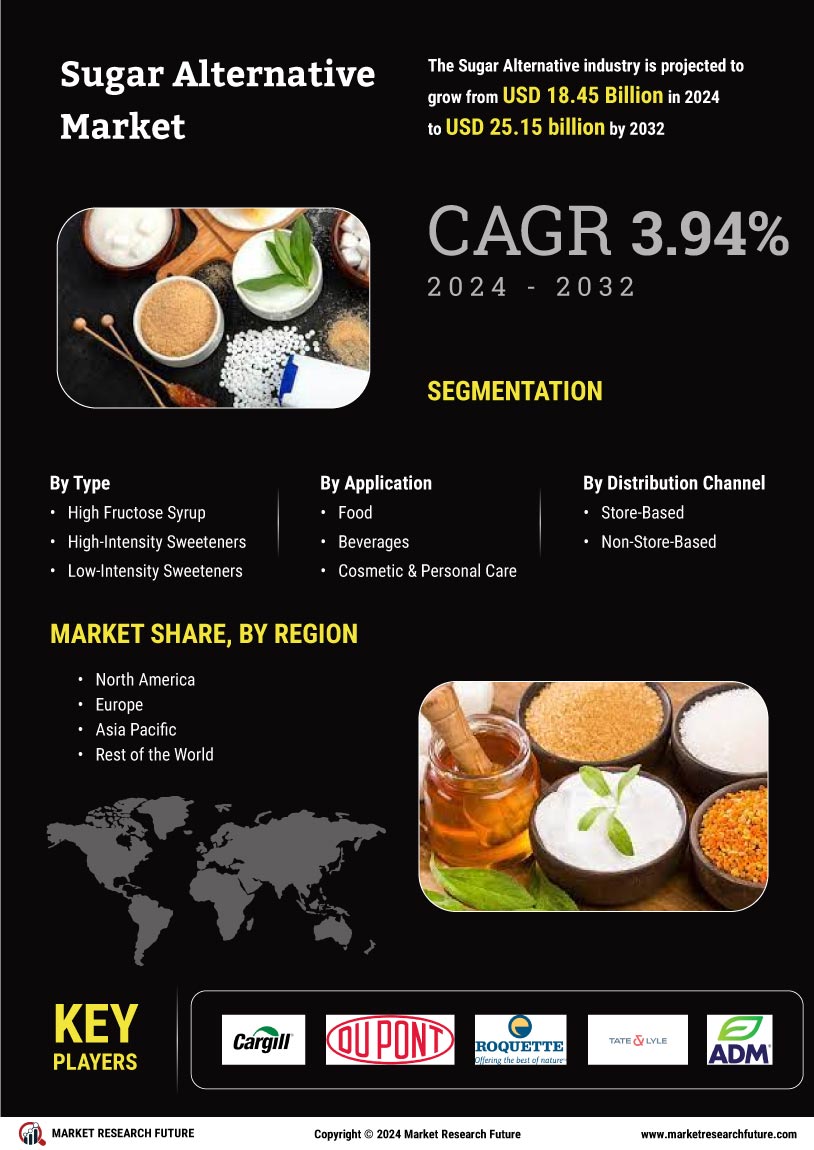

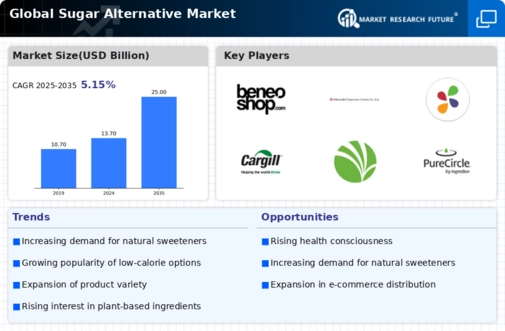
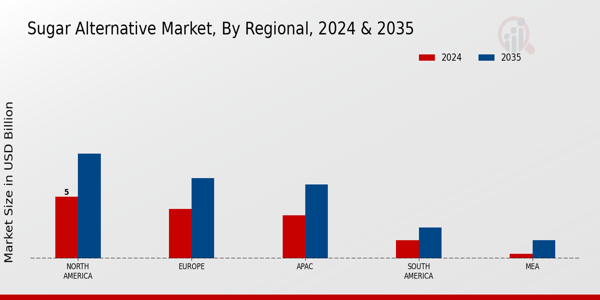



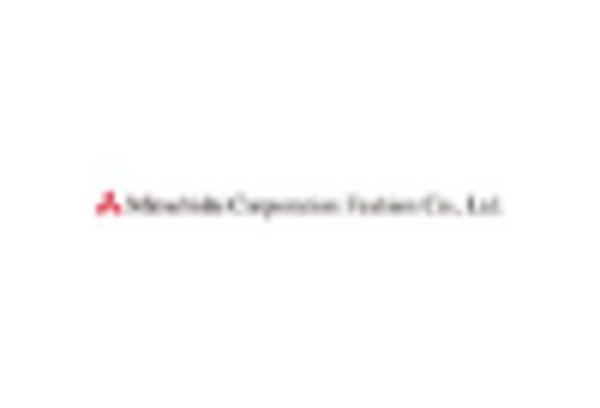
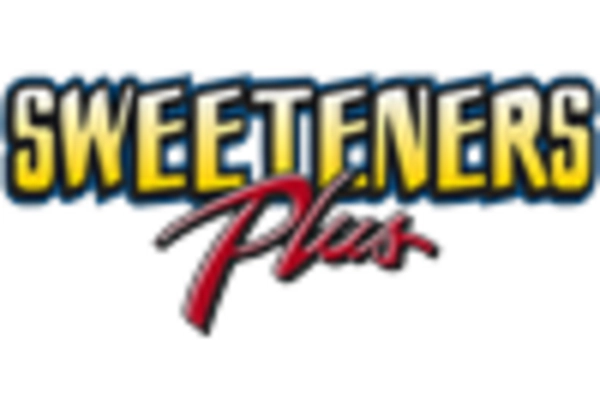









Leave a Comment